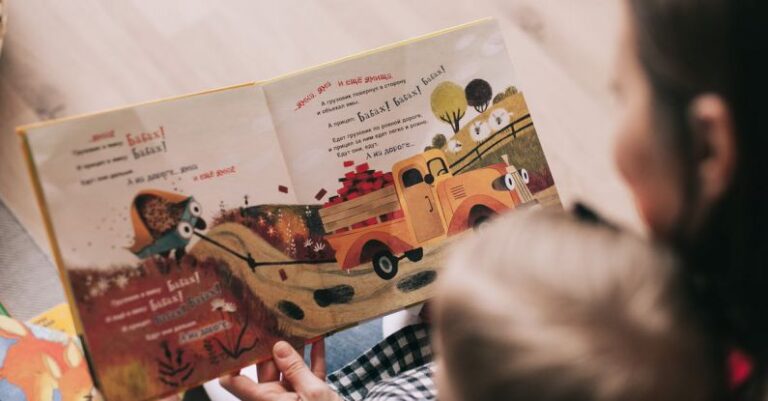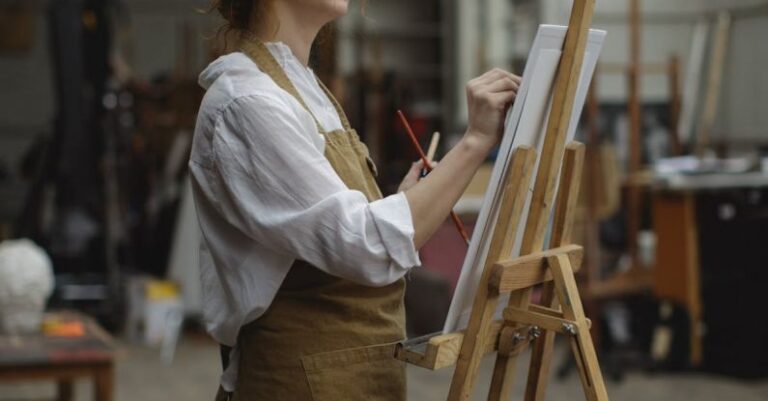What Are the Techniques for Effective Visual Storytelling

Visual storytelling is a powerful tool that can captivate audiences and convey messages in a compelling and engaging way. Through the use of images, videos, and graphics, storytellers can evoke emotions, share information, and leave a lasting impact on viewers. However, effective visual storytelling requires more than just putting together a series of images – it involves employing specific techniques to ensure that the story is communicated clearly and effectively. In this article, we will explore some key techniques for effective visual storytelling that can help you create impactful and memorable narratives.
**Establish a Strong Narrative**
At the heart of every successful visual story is a strong narrative. Before you begin creating your visual story, take the time to develop a clear and cohesive storyline. Think about the message you want to convey and the emotions you want to evoke in your audience. Consider the beginning, middle, and end of your story, and how each element will flow seamlessly into the next. By establishing a strong narrative foundation, you can ensure that your visual story is both engaging and impactful.
**Use Compelling Visuals**
One of the most important aspects of visual storytelling is, of course, the visuals themselves. Choose images, videos, and graphics that are not only visually appealing but also relevant to your story. Each visual should serve a purpose and help to enhance the narrative you are trying to convey. Consider the colors, composition, and style of your visuals, and how they can be used to create a cohesive and visually striking story.
**Focus on Emotion**
Emotion is a key component of effective storytelling, and visual storytelling is no exception. Use visuals that evoke emotions such as joy, sadness, excitement, or nostalgia to create a connection with your audience. Whether through facial expressions, body language, or the overall mood of the visuals, aim to make your audience feel something when they view your story. By tapping into the emotional side of storytelling, you can create a more memorable and impactful experience for your viewers.
**Utilize Visual Hierarchy**
Visual hierarchy is the arrangement of elements in a visual composition in order of importance. By utilizing visual hierarchy in your storytelling, you can guide your audience’s attention and focus on the key elements of your story. Use techniques such as size, color, contrast, and placement to create a visual hierarchy that leads viewers through your story in a deliberate and engaging way. By controlling the flow of information through visual hierarchy, you can ensure that your story is clear, concise, and easy to follow.
**Incorporate Motion and Interaction**
Incorporating motion and interaction into your visual storytelling can add an extra layer of engagement and interactivity for your audience. Consider using animated graphics, videos, or interactive elements to bring your story to life and create a more immersive experience for viewers. By adding movement and opportunities for interaction, you can encourage your audience to engage with your story on a deeper level and make a lasting impression.
**Conclusion: Craft Your Visual Story with Care**
Effective visual storytelling is a powerful tool for capturing attention, conveying messages, and creating memorable experiences for your audience. By establishing a strong narrative, using compelling visuals, focusing on emotion, utilizing visual hierarchy, and incorporating motion and interaction, you can create visual stories that resonate with viewers and leave a lasting impact. Remember to craft your visual story with care, thought, and attention to detail, and watch as your audience becomes captivated by the stories you have to tell.





